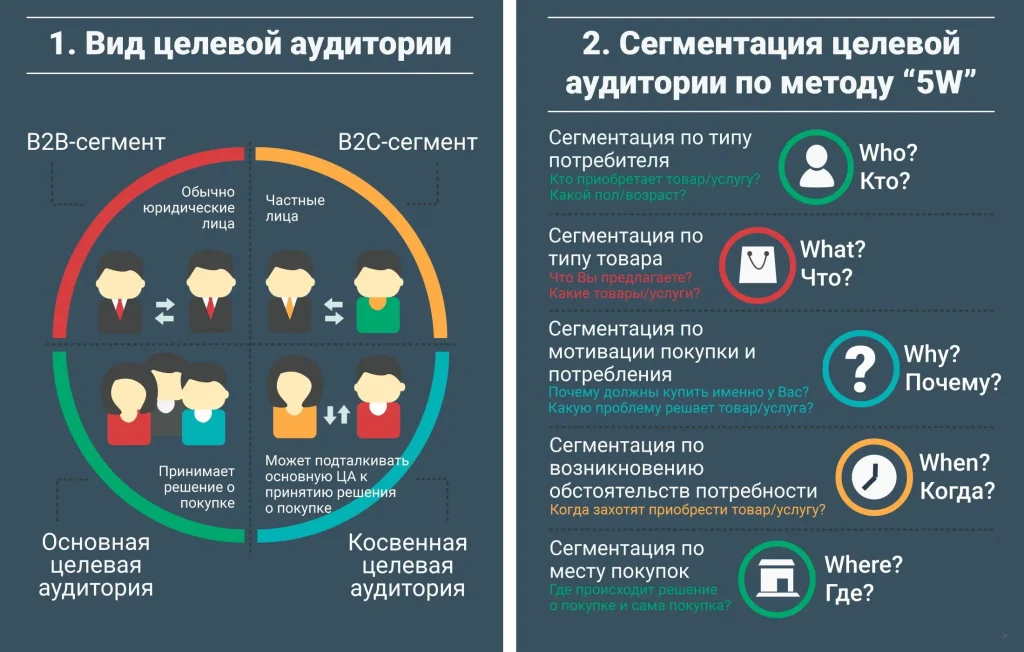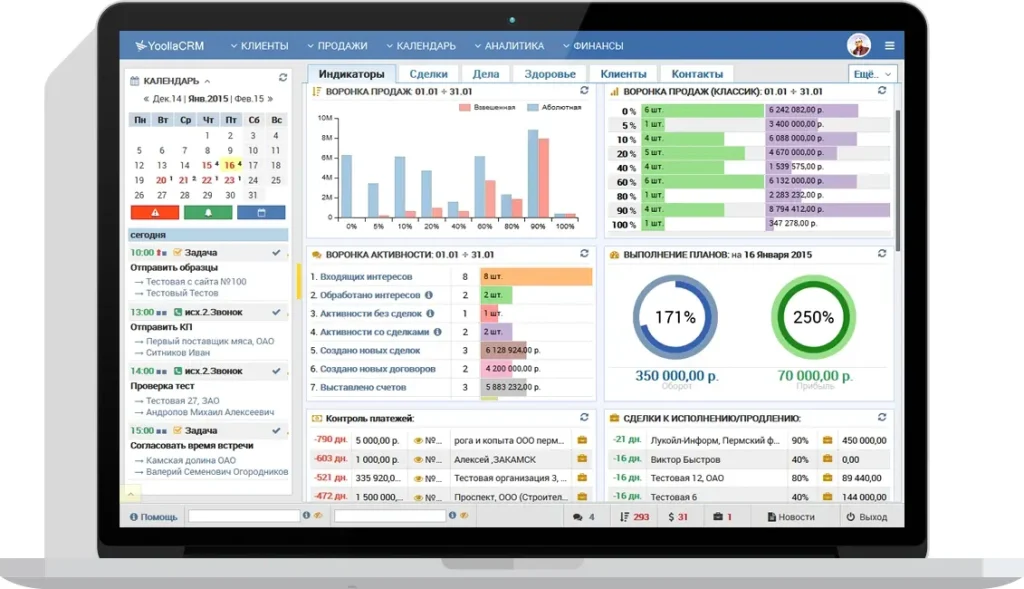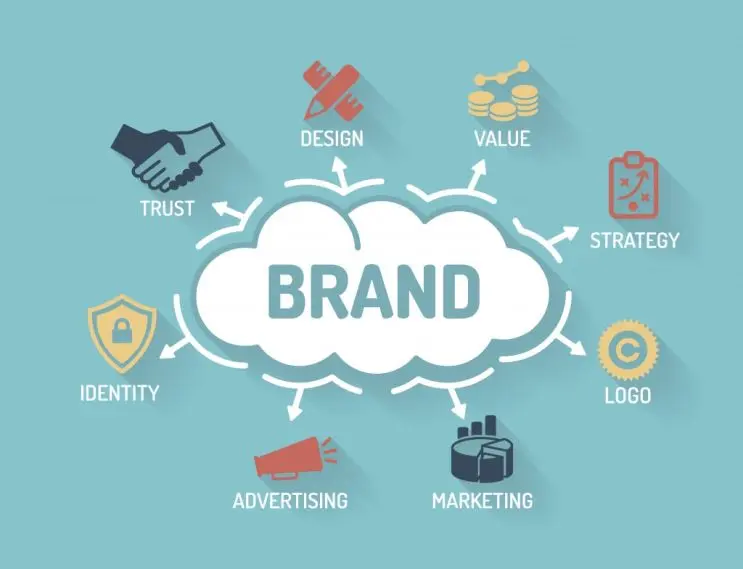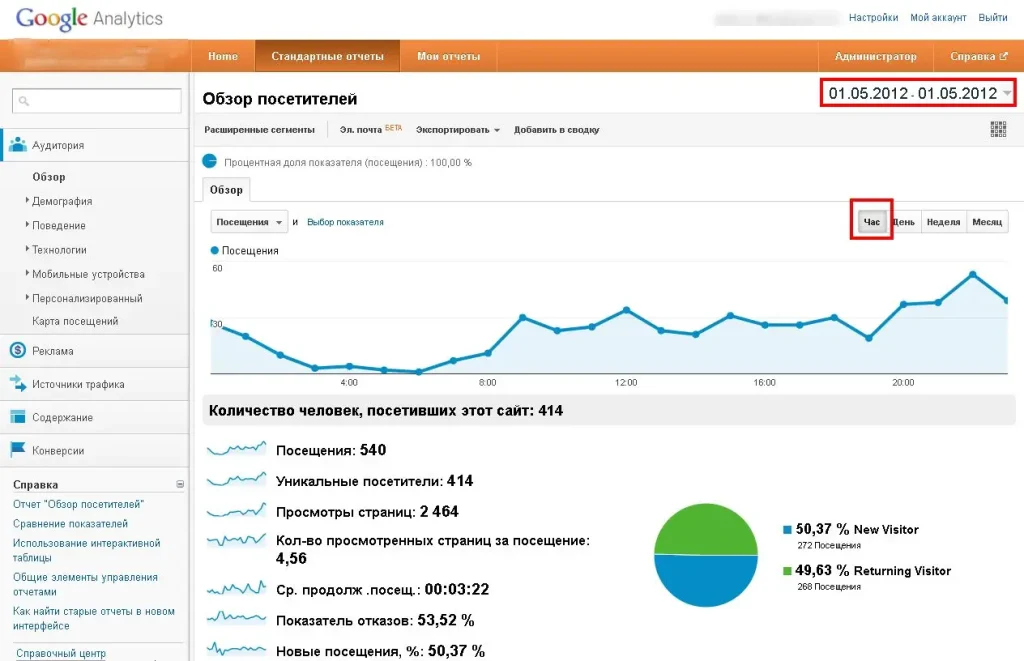An online store is a good solution not only when transforming a business from online to offline. Transitioning a store to the online space facilitates company expansion, increased profits, and 24/7 operations.
An online store has a number of advantages, especially in 2023, when the market is rapidly transitioning to a digital format. We'll share the benefits and advantages of this option for companies in this article!
Where to start launching an online store
There are many people who want to start their own business. Some approach the matter responsibly, others haphazardly. It doesn't matter how well you've prepared, calculated expenses, or balanced your credit and debit balances. Getting started is much more difficult, especially when your start-up capital is limited. It's one thing to have a product but no space, but quite another to have nothing. So where do you begin?
Niche definition
The first step is to determine what products or services will be sold to the end consumer. For example, books, clothing, cosmetics, accessories, photo shoots, wedding planning, and other services.
Showcase websites are created for services such as wedding planning, photography, venue decoration, and party planning. They include information about the organization, services, contact information, a portfolio, and perhaps a blog with testimonials. A simple business card website can be sufficient.
It's a different story when you have a physical product that you can touch: clothing, books, cosmetics, shoes, household products, and so on. Such products require a good display case, a warehouse, and suppliers. An online store website is created to sell the products.
When choosing a niche, consider competitors, the target audience, product range, and target audience. Selling a single product may depend on the uniqueness of the idea.
Once you've chosen a niche, we move on to the next step: target audience.
Selecting the target audience
The target audience (TA) can be divided into two types: B2B and B2C. For B2B (Business to Business), the company essentially acts as a supplier or intermediary, while for B2C (Business to Customer), it also acts as the final intermediary.
For B2B and B2C, identical consumer profiles are compiled, with one difference: B2B companies, therefore, when compiling a questionnaire, can indicate the company's average monthly or annual income, as well as its scale, area of activity, etc.
The B2C market is the end consumer. This audience profile is defined by the following parameters:
- Age, location, income;
- Marital status;
- Interests, hobbies, passions;
- By visiting places;
- Shopping preferences;
- How to choose products.
The criteria can be expanded. For example, education, age and number of children, and brand loyalty are additional options. It depends on the goal and scale of the business.
Once the target audience has been selected, we move on to the next stage.


Working on a strategy
Selecting a supplier
If a company purchases rather than produces goods or services, it will need a supplier. Suppliers are sought within the chosen segment for development. If it's the air transportation market, then we seek partners among airlines and logistics companies. If it's the consumer goods market, we seek suppliers with the required products.
Suppliers are selected based on the price list provided. It's important to keep in mind that VAT and other costs are added to the purchase price. The final price is then communicated to the consumer through the online store. Therefore, pricing based on the purchase price is important.
What should you pay attention to first when choosing a supplier:
- To speed up logistics processes, consider location. It's best if the supplier is from your city;
- High-quality and safe health products. Otherwise, low-quality products will seriously affect the store's reputation;
- The permissible quantity of goods for purchase and under what conditions, actions in force majeure situations;
- Reasonable price.
Pricing
The price of a product or service sold includes certain percentages for warehouse storage, VAT, warehouse staff salaries, website maintenance, and marketing promotions. Properly set prices will allow you to be competitive in the market, create a better marketing strategy, and thereby attract a larger audience.
Business plan
A business plan is a long-term development plan. It allows you to account for numerous expenses, calculate estimated profits, plan for growth, and adequately assess your strengths and weaknesses.
A clear and well-thought-out plan attracts investors. A company owner isn't always financially independent. Sometimes, they have to resort to investment. This is precisely where a good business plan comes in handy. The flow of attracted investment facilitates the growth of the startup and, subsequently, the business itself.
Website creation
Once the main components have been identified, the only thing left to do is register the company (if you haven't already). Then we move on to choosing the website type.
Large projects choose online stores. It is a multi-page website. To create it, you need:
- Site name;
- Unique design;
- Writing code;
- Opportunity for marketing activities;
- Possibility of adding and editing products on the website;
- Convenient admin panel;
- Terms of delivery, fitting, and return of goods;
- Payment methods;
- An advice blog is one option;
- Connect analytics.
For website creation, it's best to turn to professionals. They'll advise you on the design, platform, hosting, or server to choose, create a user-friendly interface and admin panel, and integrate your CRM system.
Store name
Naming a website is extremely important. It should be concise and easy to remember.
The name should be associated with your company. Copying others, especially in the name area, is not a good idea. People won't remember you that way. They'll remember another, established company, one that's well-known in the global market. You'll mislead your users.
Try to come up with names that are easy to read in Cyrillic and Latin scripts, as well as in different fonts. Font perception and easy-to-read name go hand in hand. This solution will help you stand out in the marketplace.

How to attract visitors
Marketing and advertising
To attract customers to an online platform, advertising is essential. This can be done through both social media (targeted advertising) and contextual advertising. Free options include organic promotion (SEO) and email newsletters. Reviews should also be considered as one of the main criteria when choosing a store to purchase from. The ability to leave reviews on purchased products or services also promotes the online resource and increases trust. This area deserves special attention. A well-designed monitoring policy and timely response to reviews on various platforms will increase consumer trust.
Administration. Adding products and setting up payment
Every website should have an admin panel (CMS). This allows you to manage the site independently without additional developer intervention. A CMS with a good set of tools will be an excellent resource for employees. With it, you can independently add products and descriptions, add images or banners, monitor statistics, and much more. It all depends on the type of site and the CMS system required.
Payment settings can also be configured through the website's control panel. This is where you add basic payment options: cash, on-site payment to the courier, or payment through the website. Online payment system settings may vary depending on the region. Some allow you to set up a unique online cash register, while others offer this function through payment services. This determines how convenient it is for users to pay through your website.
Installing a CRM system
A CRM system is a data management assistant. It allows you to make and manage calls, set tasks, communicate with clients online on your website, and analyze collected data (in addition to existing analytics systems). The system helps speed up the service process and resolve critical issues. The goal is to simplify and control business processes.

Branding
Branding encompasses a full range of activities: marketing, design, advertising, online solutions, and positioning. Brand management may go by different names, but the tools are the same.
First, the brand is positioned in the market. This involves conducting several, if not multiple, surveys, audits, and studies. This approach is typical for large companies. Small businesses use smaller steps. The main thing is to convey the essence of the organization, product, or service to the key audience.
Next, consider your trademark, packaging, image, primary colors, brand description, and design style. These features will differentiate you from your competitors and help people remember you.
The next stage is promotion through communication. Here, tone of voice is crucial – communication with customers, the interaction between them and the brand.

Analytics
There's not a single corporation that doesn't monitor and analyze its operations. As the market has expanded, and offline activities have moved online, monitoring has become easier.
Systems such as Yandex.Metrica, Google Analytics, and CRM systems (if integrated) help analyze user behavior on a website. In addition to these analytics systems, customer, partner, and employee surveys are used to improve the quality of work.
Financial performance is analyzed through accounting reports, which clearly display cost and profit data. Financial analysis helps identify unnecessary resources that consume money but don't generate profit, or, conversely, it can help identify growth opportunities. These opportunities include profit scalability.
Analytics must be available on the company's website.

Conclusion
Opening an online store is not particularly difficult. The key is establishing a goal, a company mission, identifying needs, scoping out competitors, creating a compelling offer, and finding partners and investors.
The biggest advantage of online sales is that the store is open 24/7. Purchases can be made at any time, and payment is convenient. Well-established logistics (delivery), timely deliveries, and a good marketing strategy will lead to success. Of course, a quick start won't bring in quick cash. It requires a lot of hard work and meticulous work. It will take a year, maybe more, to grow into something more. To achieve this, consult with experts in the field, get recommendations, new ideas, and opportunities to grow your business.







